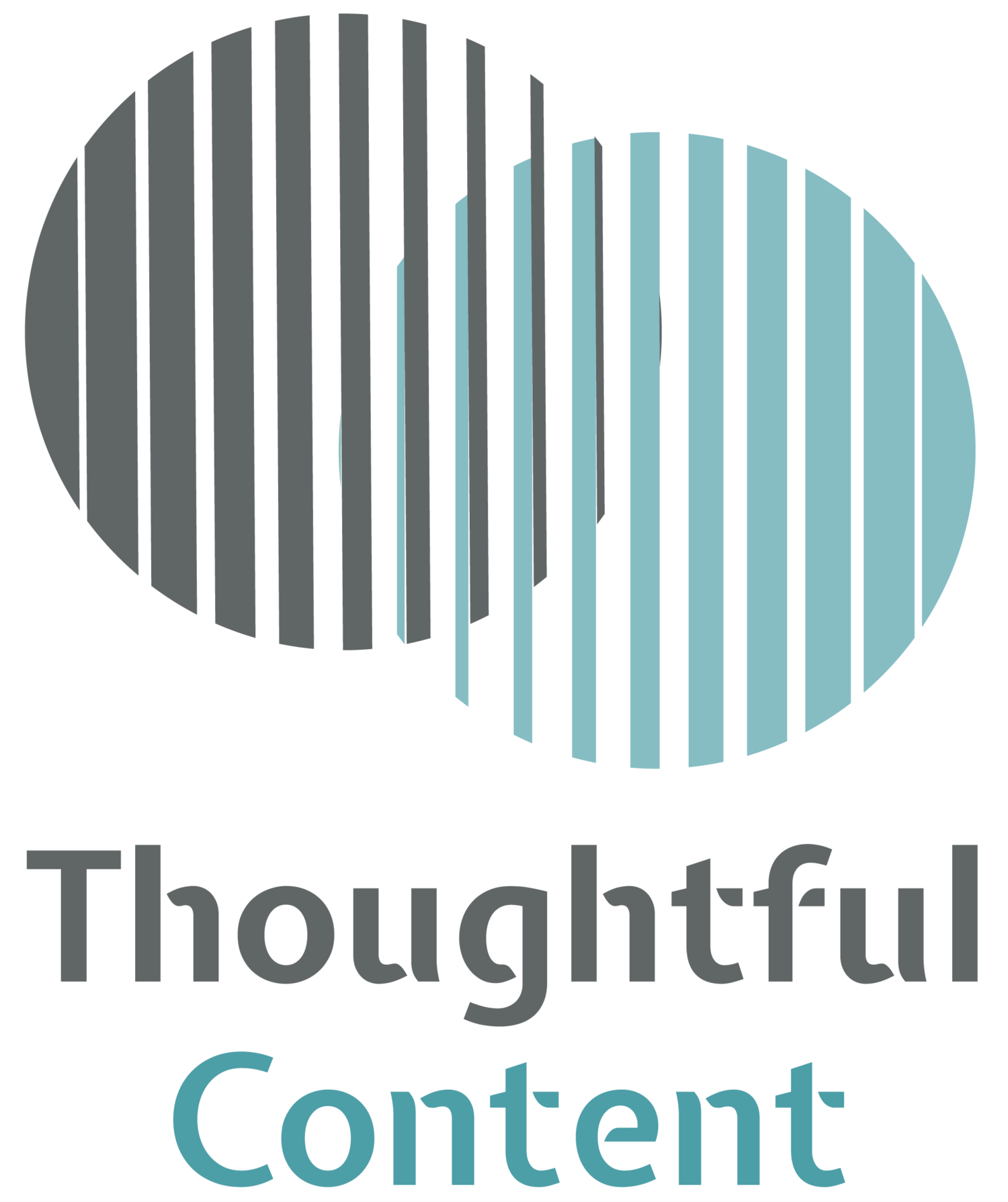Guest blog: Three simple ways to make your health comms more inclusive for disabled people
Chloe Johnson
By Chloe Johnson @ladychloestark
In any form of communication, you’re going to want to include as many people as you can. When communicating about health however, it's even more vital that your message reaches those who need it.
For many disabled people, there are small issues in every-day communications that add up to insurmountable barriers that can potentially exclude them from engaging, understanding or, even, reading the content that you’re putting out there.
It’s even more important that we do our best to ensure disabled people can reach health content.
I’ve rounded up the three simple ways that you can begin to make your comms more inclusive for disabled people.
Brush up on your theory and terminology
Keeping on top of theory and terminology is important in making sure comms are accessible.
Following the logic of the social model of disability, as opposed to the medical model, can do wonders for how accessible your comms are. Framing disability and disabled people as active participants in the community who have barriers, such as an inaccessible environment, prejudice and discrimination, placed by society is the best way to make sure your comms read as something for disabled people, rather than against or just about them. Learning certain phrases to use and not use can be helpful. Wheelchair-user as opposed to wheelchair-bound is a great example, as the majority of disabled people prefer to view their mobility aids as just that, an aid, as opposed to barriers to freedom.
However, it’s always important to check with your own audience. Not all people may call themselves disabled, for example, and it’s important to listen to people about their own personal preference.
Using the wrong kind of language can immediately make your entire communications a barrier for disabled people, and may turn them off completely. As our language evolves, so do we. Keep learning about how the way we view and express ourselves can make our society more or less inclusive. Think about the words and phrases you use, and do some research into whether this frames disabled people in the wrong light.
2. Broaden your view of “accessibility”
When checking your comms for accessibility, what are you actually checking for? That the information is easy to digest, broken down into shorter paragraphs, or that the font is easy to read? These are both great examples of making your comms more inclusive, but there are other aspects of accessibility it’s important to consider. For example:
● Including Alternative Text and Image Descriptions for images and graphs, adding a word or HTML version to your PDF’s, and making sure that hyperlinks are clearly viewed with text that matches what the links are actually for as opposed to vague phrases such as “click here”.
● Adding alternative methods of contact can not only help those that have anxiety over things such as phone calls interact, but also engage those who have chronic pain or chronic fatigue who may not have the “spoons” to take a phone call (Spoon Theory is a way of explaining how much emotional and physical energy someone has in a day).
● Including a wide range of people in your images. This does not just apply to disabled inclusivity, but disability obviously interacts with other identities, and it’s important to make sure any images used reflect an inclusive audience.
3. Social media
Social media gets its own section because it is THAT important nowadays. This will likely be one of the ways that your audience will find out about you, what you’re doing, and how you’re doing it. So, we need to make sure it’s inclusive from the get go. Using CamelCase (which are hashtags that #ReadLikeThis, with each individual word capitalised for easier reading both by screen readers and by people who may have cognitive difficulties) and Image Descriptions are one way you can make your social media pages immediately more accessible. Making sure your videos and stories have captions and using emojis sparingly are other ways you can make your comms more inclusive. There are so many resources out there on how you can best do this, and most of them are simple fixes you will wonder why you weren’t doing in the first place.
If you’re already doing these three things, that’s great! You’re on your way to making your comms more accessible. If you weren’t, also great! Now you have a chance to put these ideas into practice. But it really doesn’t stop there.
It’s vital that we keep listening to disabled people’s voices and improving our communications accessibility so everyone can be involved in the conversation. If you haven’t noticed, most of this advice revolves around researching, asking questions, and engaging with disabled people’s opinion. Being open to learning is the best way we can commit to inclusivity.
Chloe is a freelance writer/deputy editor of Conscious Being Magazine, a platform created by and for Disabled women and non-binary folks: https://www.consciousbeingmagazine.com/

